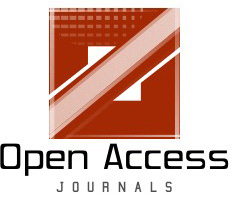A SYSTEMATIC LITERATURE REVIEW ON SECURITY AND PRIVACY ARCHITECTURE IN HOME IOT DEVICES
Keywords:
IoT Security, Privacy Architecture, Home IoT Devices, Systematic Literature Review (SLR), Cybersecurity, Authentication Mechanisms, Data Integrity, Confidentiality, Cryptography, Machine Learning for Security, Blockchain Integration, Vulnerability Analysis, Trust Mechanisms, Security Frameworks, Privacy-Enhancing Technologies (PETs), Regulatory Standards, Edge Computing, Fog Computing, Encryption Techniques, Threat Mitigation, Trust and AccountabilityAbstract
The Internet of Things (IoT) has grown more prevalent in residential settings, improving ease and efficiency. However, this integration has raised substantial security and privacy issues, undermining customer confidence. This literature study critically explores the existing security and privacy architecture and trust mechanisms for home IoT devices, demonstrating the breadth of research and potential solutions to these essential challenges.
The study uses a systematic literature review (SLR) technique, using resources from different electronic databases to select and summarize the most relevant papers published between 2013 and 2024. The emphasis is on identifying security and privacy vulnerabilities, analyzing current security frameworks, and unifying the range of solutions targeted at reducing these risks.
Preliminary results show that, despite increased worldwide efforts to develop cybersecurity rules, substantial vulnerabilities exist, such as inadequate authentication mechanisms and insecure communication lines. Progressive solutions for fortifying IoT ecosystems against illegal monitoring and access include hardware-based security, powerful encryption, and the integration of Blockchain and Machine Learning.
This study attempts to traverse the complicated terrain of IoT security and privacy, with the goal of providing clarity on the efficacy of current solutions and identifying areas for further research. It is predicted that the findings will help to enhance strong security and privacy designs, eventually increasing customer confidence in IoT devices.











